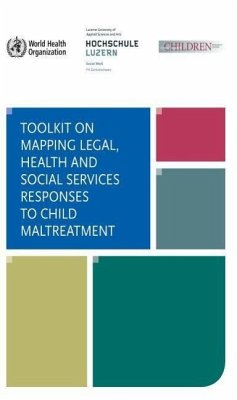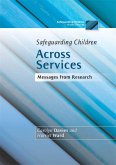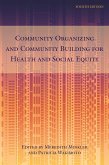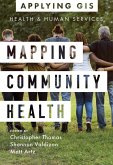The toolkit provides researchers with guidance for improving the quality of studies that use administrative data to better ascertain child maltreatment incidence, response and service delivery. However, these are complex studies to conduct, and the toolkit is not meant to be comprehensive. Researchers using the toolkit should be prepared to follow up on the recommended resources contained within and to consult with other professionals, such as statisticians, to further improve the research design and execution. The introductory section is followed by an overview of previous nationally representative agency surveys and administrative data sets of national surveillance of child maltreatment incidence. The first chapter focuses on selecting agencies for your study. It starts with a framework for mapping the universe of child protection authorities in your country--an important exercise before starting to conceptualize your sampling plan. We also consider the situation of countries that lack well-developed agencies charged with responding to child maltreatment. Information is provided on how to conduct a preliminary assessment to determine if a full mapping exercise described by this is feasible. The final section in the first chapter provides an overview of strategies for sampling agencies (random sampling, stratification, etc.) and briefs the readers on calculating adjustment weights to correct for a lack of representation of a sample. It is enriched with examples from previous agency surveys and also introduces a taxonomy of agencies. The second chapter discusses procedures for sampling cases from within the included agencies, such as options for estimating sample frame characteristics and case flow, abstracting record data versus conducting staff surveys, and dealing with duplication issues. The third chapter provides resources on creating forms and questionnaires for surveys by connecting readers with previously used definitions, variables and codes. It further introduces readers to the benefits and challenges of having variables and their definitions validated through research-practice partnerships. While the major goal of nationally representative agency surveys on child maltreatment is to describe the magnitude of reported child maltreatment incidents, inferential data analyses will often have to rely on statistical modelling and advanced statistics. The fourth chapter provides a short introduction to some of the more important approaches for the field to facilitate communication with statisticians and provides researchers with information on further resources and easy-to-use readings. Collaboration between researchers and practitioners is essential to successful participation and reliability of findings. The final chapter's first section is dedicated to strategies for successful collaboration and provides several examples from previous studies. Separate sections follow on cost issues in planning a survey and dissemination of findings. A final section is dedicated to strategies for increasing project sustainability that is creating benefits to a country's child protection system for an extended period after the initial funding has ceased.
Bitte wählen Sie Ihr Anliegen aus.
Rechnungen
Retourenschein anfordern
Bestellstatus
Storno






